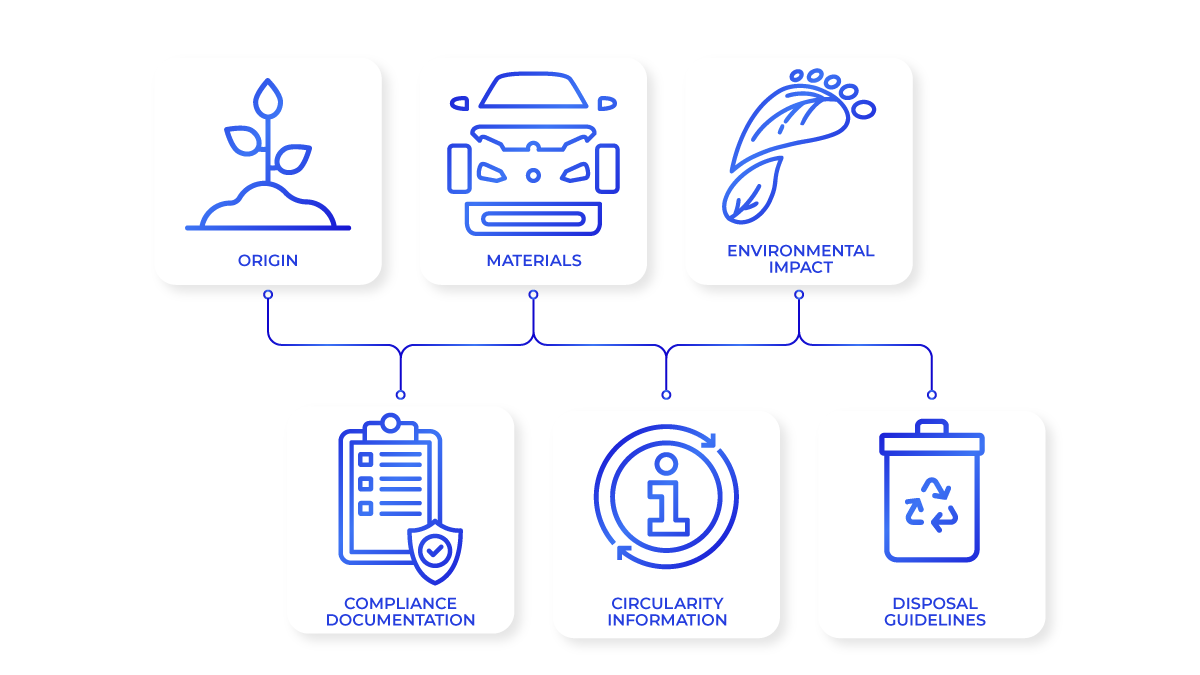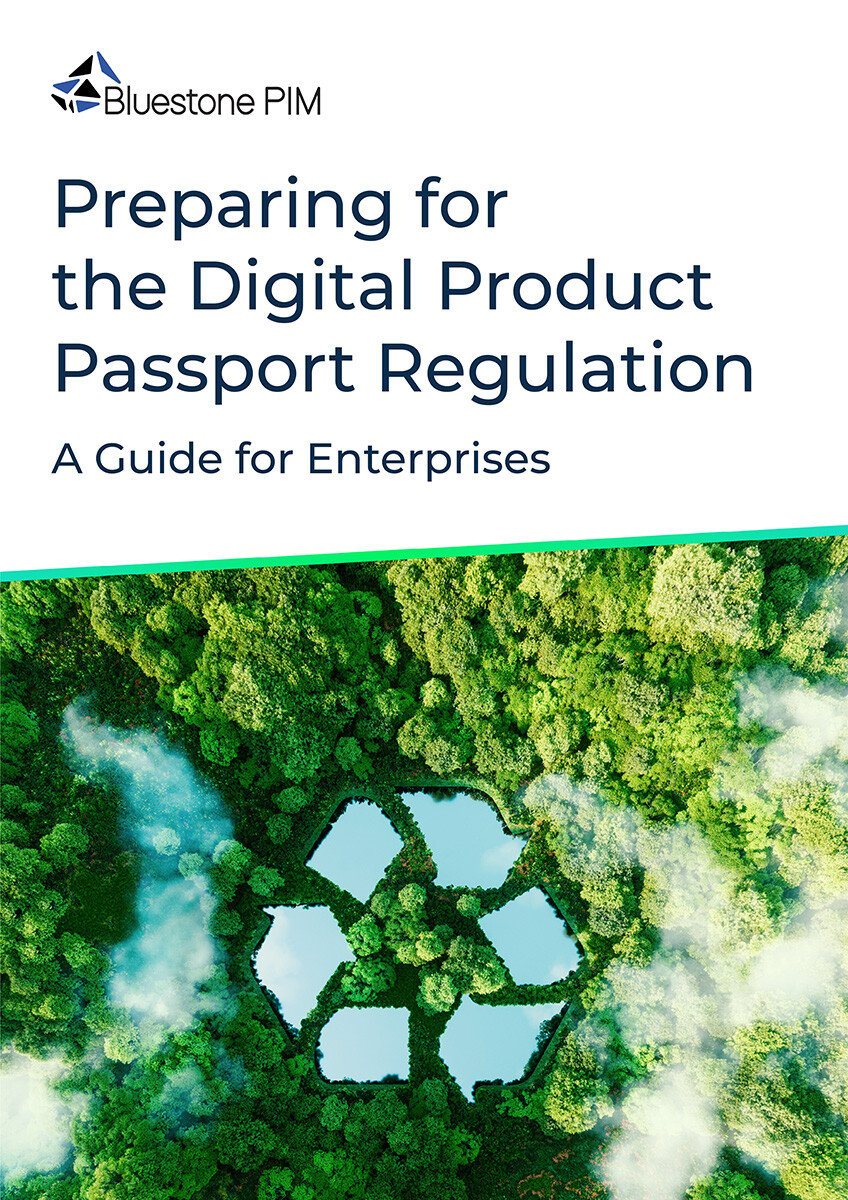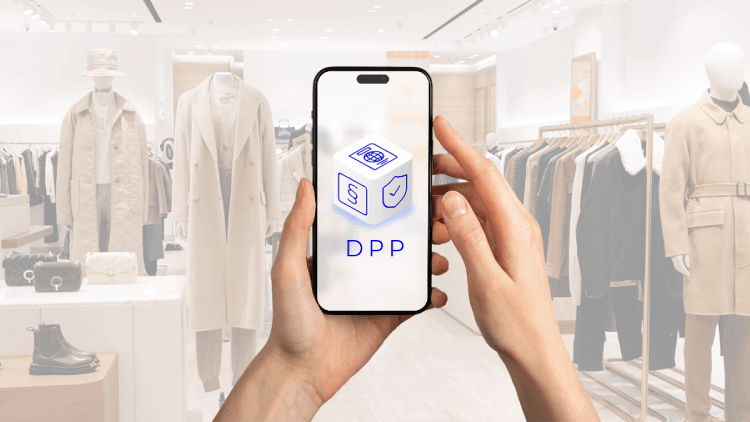Digital Product Passport in Retail: What You Need to Know

Table of Contents
- What Is the Digital Product Passport in Retail?
- What Information Must Be Included in the DPP?
- Who Is Affected by the Digital Product Passport?
- Digital Product Passport Benefits for Retailers
- How Can Retailers Prepare For the DPP Implementation?
- Who Is Doing This Already?
- Digital Product Passport and PIM: A Retail Essential
- Turn DPP Compliance Into Your Next Business Advantage
We read the boring EU docs so you don’t have to
Sign up for early updates on Digital Passport regulations and real-world steps to get your product data ready.
EU regulations are coming, and the Digital Product Passport will soon be a basic requirement for almost every product on your shelves.
This article is for retail leaders, e-commerce teams, supply chain managers, and anyone facing the reality of EU rules, sustainability targets, or just tired customers asking, ‘What’s in this?’
DPP brings a new layer of scrutiny, but also a real opportunity, if you get it right. So let’s get into the facts about the Digital Product Passport in retail.
What Is the Digital Product Passport in Retail?
The Digital Product Passport (DPP) is about to become a new standard for products sold in the European Union.
The DPP stores and shares key details: where a product’s made, what it’s made of, its environmental footprint, how to recycle it, and more. It is a core part of the European Commission’s Ecodesign for Sustainable Products Regulation (ESPR), coming into force from 2026.
Nearly all products sold in the EU, whether made locally or imported, will require a Digital Product Passport, usually attached via QR code, RFID, or another smart label. Shoppers, customs, and business partners can scan these codes to access verified product information in seconds.
The DPP regulation is about:
-
Traceability: know the full story of a product, from raw material to end of life.
-
Sustainability: share accurate environmental data, drive the circular economy, and support eco-friendly claims.
-
Compliance: standardise information, reduce paperwork, and make checks easier.
-
Consumer trust: let customers check what’s inside and where it comes from.

DOWNLOAD FREE E-BOOK
Preparing for the Digital Product Passport Regulation
Is your business ready for the Digital Product Passport (DPP) regulation? Our all-in-one guide breaks down everything you need to get yourself prepared.
What Information Must Be Included in the DPP?
The details will vary by sector, but the core information required in a Digital Product Passport typically covers:
-
Product origin and manufacturing details
-
List of materials, including hazardous substances or recycled parts
-
Environmental impact (e.g. carbon footprint, energy consumption)
-
Certificates for compliance and safety
-
Information for repair, reuse, and recycling (supporting circularity)
-
Disposal guidelines
All of this must be attached to the product, often using machine-readable codes (like a QR code), and stored in a way that’s secure, structured, and accessible to those who need it: shoppers, customs, regulators, and business partners alike.
.png?width=650&height=650&name=information-in-dpp%20(1).png) Although the required information may differ, certain data points can be included across various product categories.
Although the required information may differ, certain data points can be included across various product categories.
Who Is Affected by the Digital Product Passport?
DPP regulation raises the bar for transparency and compliance in almost every subsector. For most retailers, this means more work behind the scenes, but also a real chance to win consumer trust, streamline supply chains, and open up new services.
The initial focus of the DPP regulation is on:
-
Retailers and brands: if you sell in the EU, you must comply, regardless of where your company is based.
-
Supply chain: manufacturers, material suppliers, logistics partners, and even recyclers will be asked to supply, collect, or access DPP data.
-
Industry focus: the priority products are steel and aluminium, textiles (with a focus on apparel), furniture, tyres and mattresses.

Digital Product Passport
Which Industries Will Be Affected First?
Digital Product Passport Benefits for Retailers
Compliance is only the start. The DPP gives forward-looking retailers several new opportunities:
-
Stand out: shoppers increasingly reward brands that are open about how products are made.
-
Build trust: verified data (backed up by DPP) cuts through greenwashing and builds credibility.
-
Streamline operations: a well-organised, digital trail of product data makes supply chain management, recalls, and regulatory reporting quicker and less error-prone.
-
Unlock new value: by analysing DPP data, companies can spot inefficiencies, improve sourcing, and develop better products.
Risks of waiting: Companies that delay will risk being locked out of the EU market or face hefty fines. For many, the scramble to comply at the last minute could mean higher costs and rushed solutions.
How Can Retailers Prepare For the DPP Implementation?
You’ll need a clear view of your supply chain and know exactly where your key product data sits. When the regulations take effect, having this information ready will help you keep costs down and make the most of what Digital Product Passports can offer.
1. Get Your Data in Order
You’ll need a central source of product data, so no more scattered spreadsheets or siloed systems. This is where Product Information Management (PIM) systems become essential, acting as the foundation of a trustworthy Digital Product Passport solution. PIM software helps collect, clean, and organise all the information the DPP requires, ready for sharing in digital formats.
2. Collaborate Across the Business
Sustainability, compliance, supply chain, IT, marketing — all must work together. Everyone from product designers to after-sales support will be touched by DPP requirements.
3. Adopt the Right Technology
Look for platforms that can handle not just the DPP requirements of today, but future changes and integrations. Modern PIM solutions, especially those built with a flexible architecture, are designed to adapt quickly as requirements change.
4. Start Early
The first deadlines are likely to arrive in 2026, with requirements ramping up through 2027 and beyond. The sooner you start collecting and organising your data, the easier compliance will be and the more you can use this new transparency as a selling point.
Who Is Doing This Already?
Many retailers are already proactively preparing for the impending regulation and the implementation of DPP.
Early movers like Nobody’s Child (fashion) and Aquinos Bedding are already tagging products and using DPPs to boost transparency and customer trust. Those who start early are finding new ways to connect with eco-conscious shoppers and streamline operations.

Discover More Examples
Digital Product Passport and PIM: A Retail Essential
DPP is all about data: accurate, structured, easy to share. Composable PIM systems are built for exactly this challenge. They give you a single, secure source of truth, help you automate data sharing, and support everything from smart labels to global product launches.
Look for PIM solutions that:
✅ Integrate with your ERP, e-commerce, and supply chain partners
✅ Handle bulk updates, digital assets, and translations
✅ Support MACH and composable commerce standards for future-proofing
Turn DPP Compliance Into Your Next Business Advantage
The Digital Product Passport is a turning point for retail — a real push for more transparency, efficiency, and smarter ways of working. Brands that act now won’t just keep up with tougher rules and eco-aware customers, but they’ll set the standard.
The first steps are clear: organise your product data, get the right people involved, choose technology that can keep up with change, and don’t wait to get started.
Ready to move ahead?
Schedule a meeting with our experts to explore how Bluestone PIM can help you get DPP-ready.
See AI-powered PIM in action
Talk to our experts today and discover how Bluestone PIM can address your needs.






